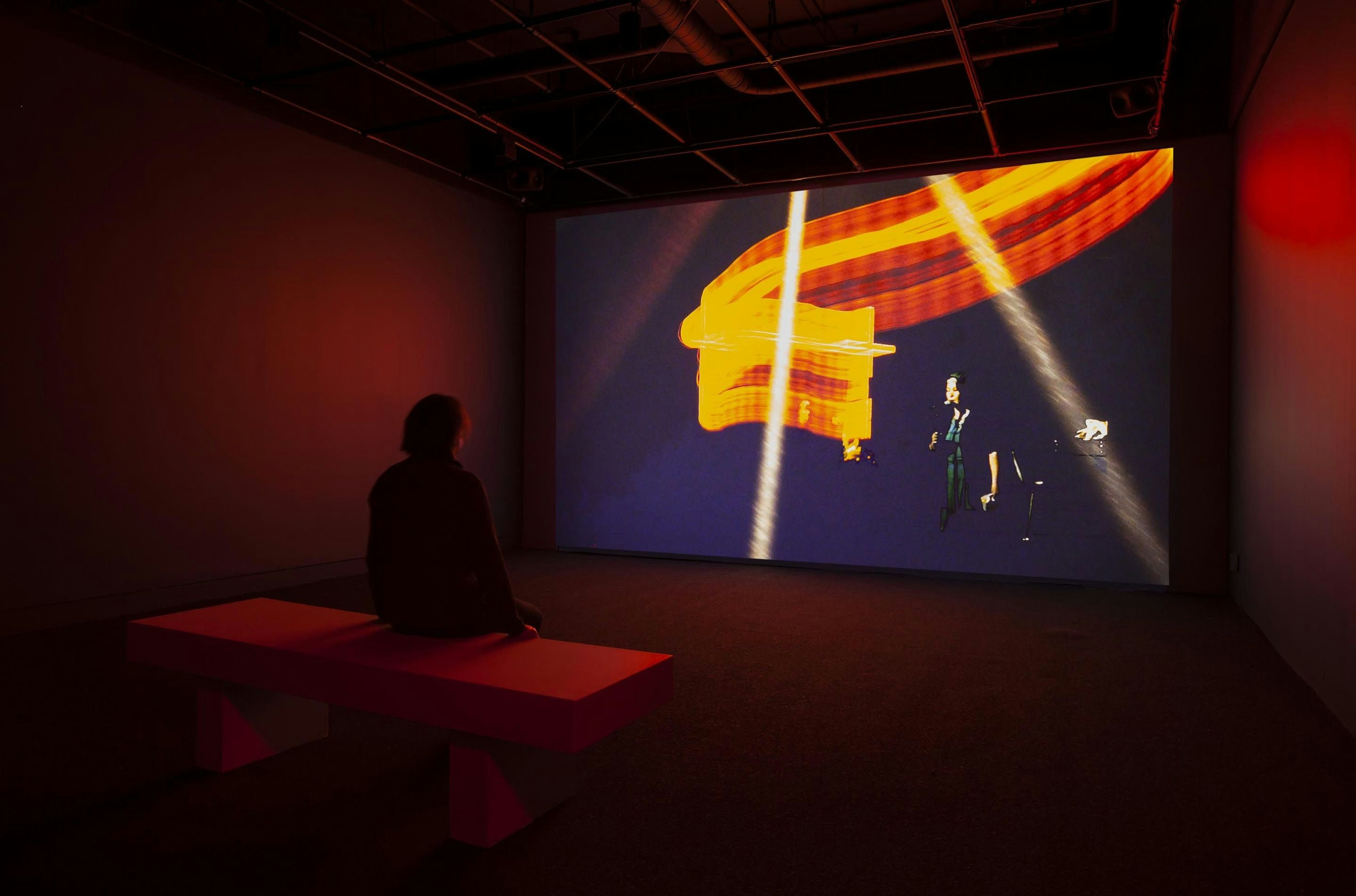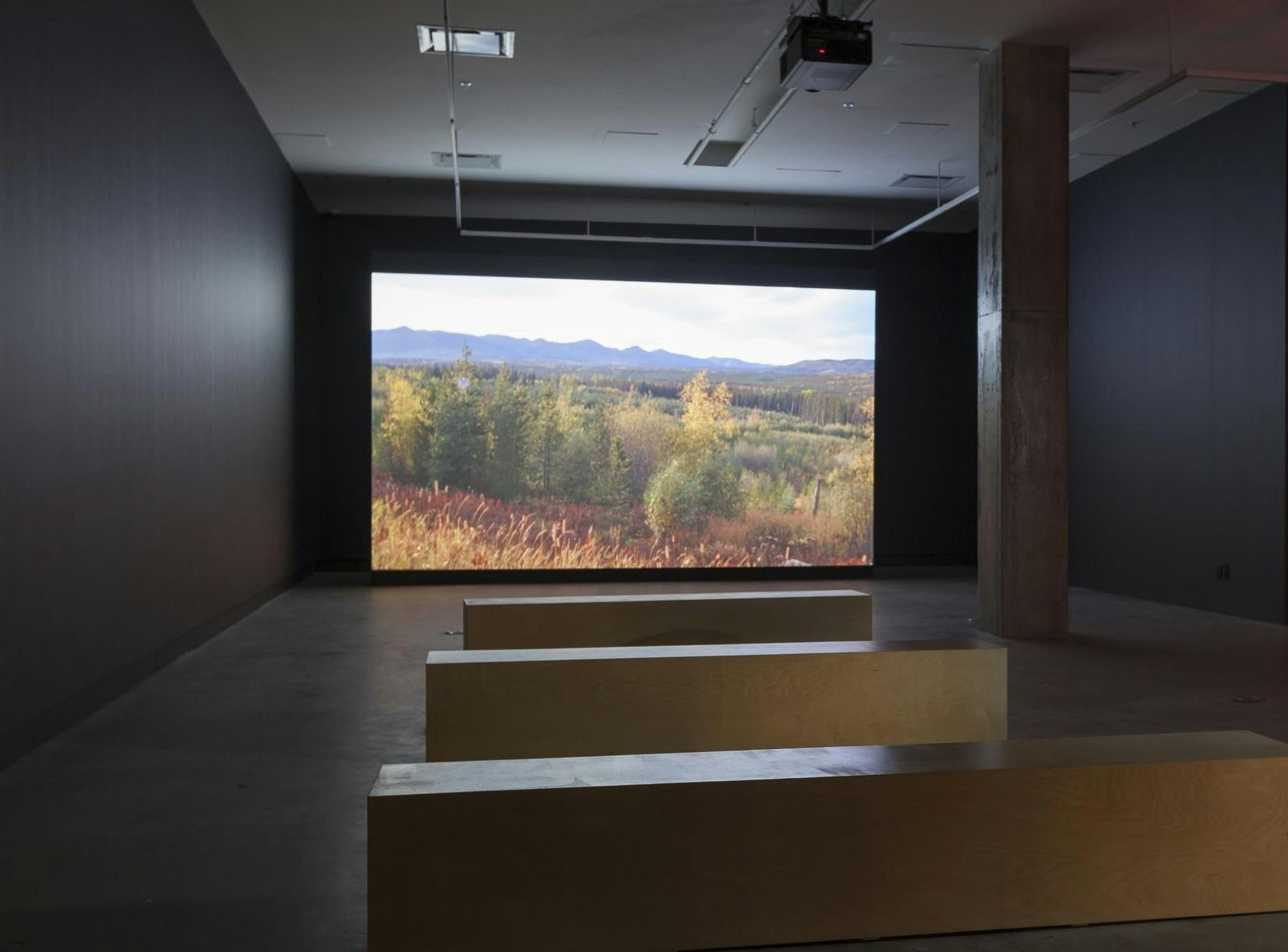
Sky Hopinka
Dislocation Blues
2021.02.11 - 06.26
Exploring issues around Indigenous land, language, and mythologies, this program features five short experimental documentary films made by Sky Hopinka between 2015 and 2017.
Film program with a running time of approximately one hour.
Dislocation Blues
2017, 16 min 57 sec, HD video
An incomplete and imperfect portrait of reflections from Standing Rock. Cleo Keahna recounts his experiences entering, being at, and leaving the camp and the difficulties and the reluctance in looking back with a clear and critical eye. Terry Running Wild describes what his camp is like, and what he hopes it will become.
I’ll Remember You as You Were, not as What You’ll Become
2016, 12 min 32 sec, HD video
An elegy to Diane Burns on the shapes of mortality, and being, and the forms the transcendent spirit takes while descending upon landscapes of life and death. A place for new mythologies to syncopate with deterritorialized movement and song,
reifying old routes of reincarnation. Where resignation gives hope for another opportunity, another form, for a return
to the vicissitudes of the living and all their refractions.
Visions of an Island
2016, 15 min, HD video
An Unangam Tunuu elder describes cliffs and summits, drifting birds, and deserted shores. A group of students and teachers play and invent games revitalizing their language. A visitor wanders in a quixotic chronicling of earthly and supernal terrain. These visions offer glimpses of an island in the centre of the Bering Sea.
Kunįkága Remembers Red Banks,
Kunįkága Remembers the Welcoming Song
2014, 9 min 20 sec, HD video
The video traverses the history and the memory of a place shared by both the Ho-Chunk and the settler. Red Banks, a pre-contact Ho-Chunk village site near present-day Green Bay, WI, was also the site of the landing of Jean Nicolet, who in 1634 was the first European in what is today Wisconsin. Images and text are used to explore this space alongside the artist’s grandmother’s recollections. Each serve as representations of personal and shared memory, as well as representations of practices and processes of remembrance.
Jáaji Approx.
2015, 7 min 39 sec, HD video
Logging and approximating a relationship between audio recordings of the artist’s father and videos gathered of the landscapes they have both separately traversed. The initial distance between the logger and the recordings of recollections and of songs, new and traditional, narrows while the images become an expanding semblance of filial affect. Jáaji is a near translation for directly addressing a father in the Hočak language.


